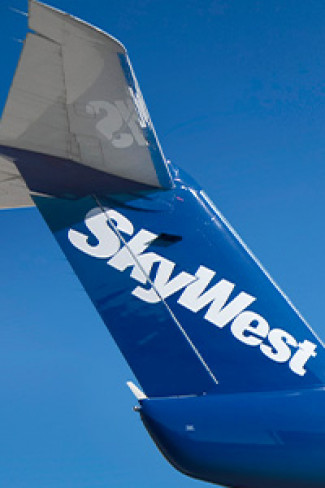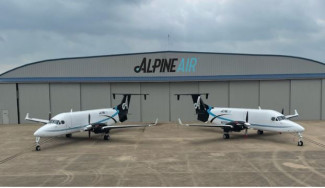Is There Enough Room For Grounded Airplanes?

In light of the ongoing pandemic, airliners opted to reevaluate their business priorities. As a result, many flights have been canceled among other drastic measures, such as switching from commercial passenger to cargo only flights, were implemented.
Amid all these chaotic adjustments, fleets of grounded aircrafts need a place to be stored. Under normal circumstances, this would not be a major problem, since many of these aircrafts would be in the air at any given time.
We are in unprecedented times, however, and this option is no longer feasible. And what would happpen in the event that airplanes were ordered to be grounded due to the coronavirus?
Congested Runways
Any pilot that has had to delay a landing knows how hard it is to make space for loads of aircrafts at any given time. That said, these routine inconveniences pale in comparison to now.
But what will happen if flights are all ordered to be grounded for a while? What happens during landing?
According to Statista, the United States had roughly 210,000 airplanes being used in 2018. Although this estimate does include air taxi aircrafts, it does provide a general idea of how many airplanes may need space availability on the ground.
Because one airplane usually leaves when another arrives, there are serious space considerations if flights are required to land in a single order.
Possible Storage Solutions
Aside from landing, the bigger problem is storage. Airports are likely not built to house thousands of airplanes at the same time. Due to this, airliners are forced to look for additional parking, which is a daunting task.
Ideal locations are free of debris, as level as feasibly possible, and are solid enough to support the excessive weight airplanes pack. Key locations commonly used are listed below.
-
Airport maintenance
-
Cargo
-
Military
-
Taxiways
-
Runways
Airports that resolve to use runways and taxiways run the risk of the area no longer being operational. As a result, they may need to shut down all aspects of the company, including the much needed cargo flights.
Airliners, on the other hand, may find themselves in an unwanted situation should airport parking become so packed aircrafts cannot be safely retrieved. Should this occur, those seeking to transform passenger planes into cargo aircrafts may simply be unable to do so.
In addition, if all of the aforementioned airport areas are filled up, any airplane without a reserved parking spot may need to be stored at a different airport altogether. Airliners that opt to pursue this route face a whole new set of difficulties as well as those we touched on above.
-
Keeping track of where each plane is across the nation
-
Flying pilots out to said locations
-
Maintaining each aircraft separately
That said, these solutions only work if there is enough space available at US airports. Although this task was possible after 9/11, there are way more commercial airplanes now than there were then. Taking this into consideration, if there is not enough parking for all airplanes to-date, airliners may resort to using barren land, which poses its own problems for the industry.
-

Airshare 07/22/2024
-
Alpine Air 07/18/2024
-

Atlas Air 07/17/2024
-

Piedmont Airlines 07/10/2024
-

SkyWest 07/09/2024
 AIRLINE PILOT CENTRAL
AIRLINE PILOT CENTRAL